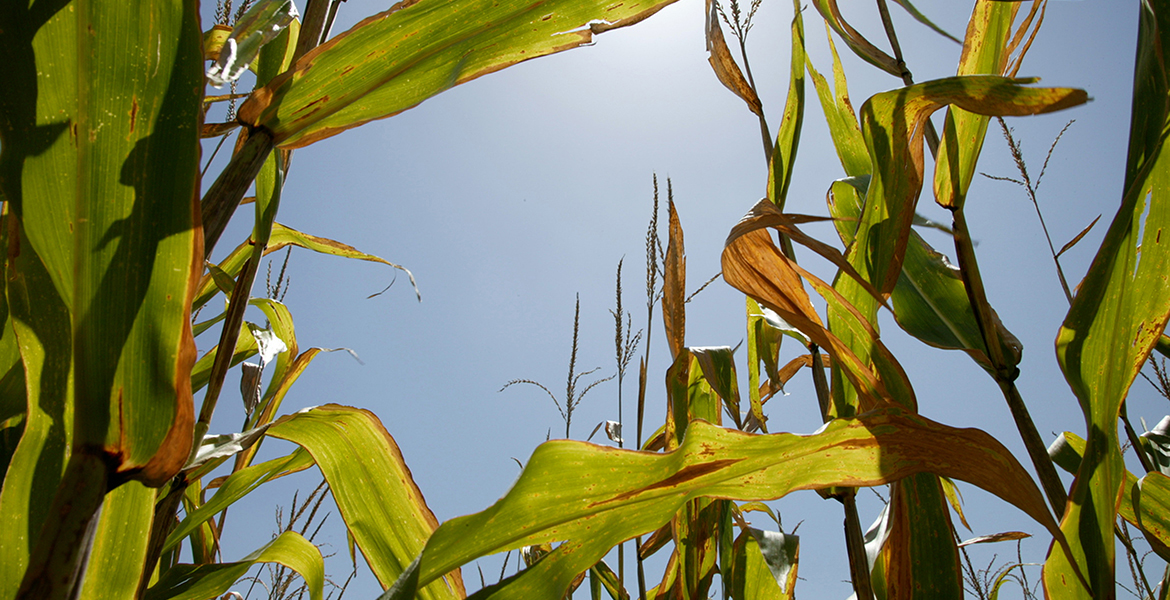
Oklahoma ag industry looking for changes in DC
Friday, February 5, 2021
If approved as head of the U.S. Department of Agriculture, Tom Vilsack will likely receive a lot of media attention as the conduit between a new presidential administration and the nation’s vast agricultural industry.
However, Vilsack is not the only adjustment that Oklahoma farmers and ranchers will be concerned about as policies transition between presidents, said Derrell Peel and other ag economists at Oklahoma State University.
“From a markets perspective, I imagine that international trade issues will have a different feel with the new administration, notably with efforts to open dialogues and stabilize some trade relationships that have been volatile lately,” said Peel, OSU Extension livestock marketing specialist. “I don’t expect those changes will be dramatic or immediate, but it’s something we’ll see over time.”
Amy Hagerman, OSU Extension agricultural and food policy specialist, agreed that resolving retaliatory tariffs and implementing a new trade agreement with China will be a top priority. However, the COVID-19 pandemic has played its own part in realigning markets as consumers in the United States and around the world have been forced to adjust to joblessness, closed restaurants, curfews and sick workers in the supply chain.
“As we move into the recovery phase of COVID-19, this administration will be looking closely at new opportunities and stability,” she said.
Policy and market changes between presidents are a normal part of healthy democracy, and Oklahoma has a big stake in agriculture. Just a five years ago, agriculture’s total contribution to the state's economy was more than 320,000 jobs and more than $18 billion in economic activity, suggesting that 1 in 8 jobs in Oklahoma are related to the industry.
So a lot of people – economists as well as producers – will be closely following what happens in the White House. Aside from ag policy, the USDA typically takes the lead on issues involving nutrition, natural resources, food scarcity, rural development and, by association, producers’ finances as they face commodity price fluctuations and rising personal debt.
In late January, the department announced it would temporarily suspend some foreclosures and debt collections from producers facing financial problems because of the pandemic. Only time will tell how beneficial those efforts will be – and how they will be perceived by rural communities, the OSU economists said.
“Another thing to consider is costs of production,” Hagerman said. “That’s always a concern in agriculture where we run on very tight margins. Any changes in regulations that affect market prices of inputs – like fertilizer or fuel – those things trickle down to agriculture, so they’ll be closely watched by producers.”
She said typically in such a changeover, some prices will trend up over time and some will go down. Peel added that some in the industry have appreciated the previous administration’s efforts to ease agriculture-related regulations, so producers are now concerned about reversals that could harm their bottom lines. The fate of small business tax incentives that were created over the last four years would also be important to farmers.
In addition to Vilsack, who led the USDA for most of President Barack Obama’s two terms, President Joe Biden also tapped Jewel H. Bronaugh, Virginia’s commissioner of agriculture and consumer services, as U.S. deputy secretary of agriculture. If confirmed by the Senate, she would be the first African American woman to serve in the No. 2 position. Following the December elections, membership on the powerful House of Representatives Agriculture Committee is likely to change as well.
“We’ll see some new direction coming out of the next omnibus farm bill, which will also reflect the latest leadership changes in Congress,” Peel said.
Given Biden’s campaign commitments to green energy and to address climate change, said Courtney Bir, assistant professor in the Department of Agricultural Economics, it’s reasonable to expect more emphasis on biofuels, which will have implications for corn growers in states north of Oklahoma. Such a policy would ripple to other fields, however, because more corn converted to fuel means less available for livestock feed, in turn affecting other grain growers’ decisions and price trends.
“Producers will want to follow news closely in the coming weeks to track policy shifts and anticipate the repercussions,” Bir said.
MEDIA CONTACT: Brian Brus | Agricultural Communications Services | 405-744-6792 | BBrus@okstate.edu
